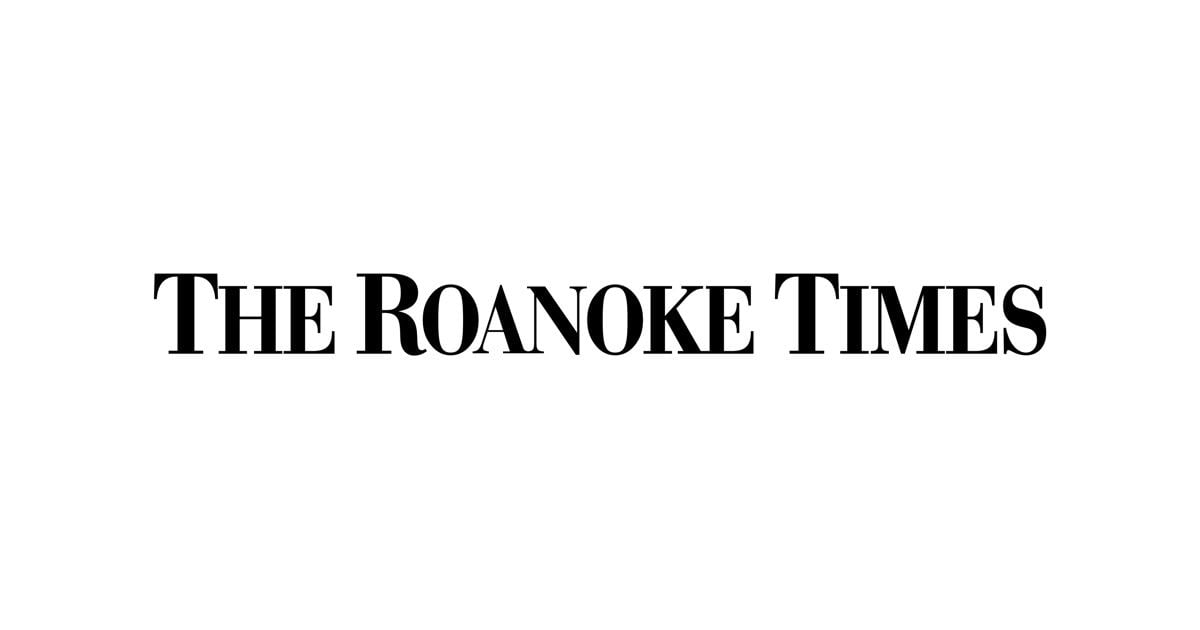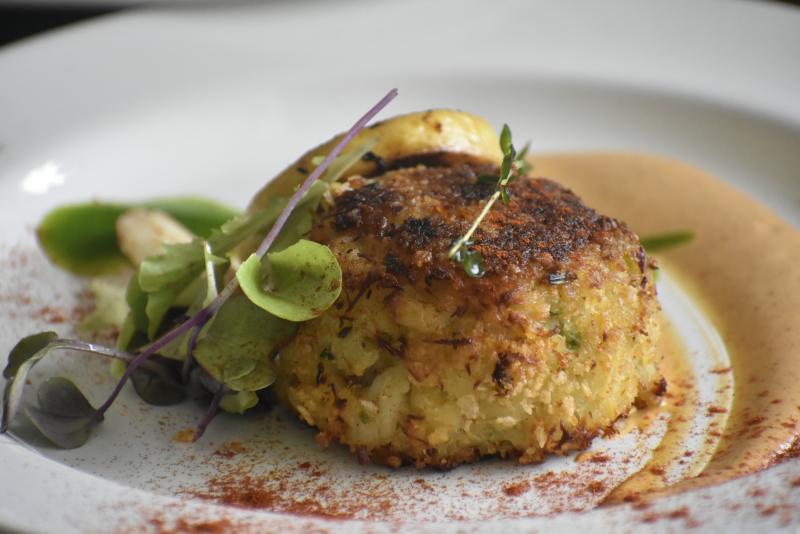
Bay watermen face a lean harvest of blue crabs this fall and, if the trend continues, could see tighter limits on the catch, the latest population survey suggests.
The female spawning stock remains healthy but the number of juvenile crabs plunged and total populations declined 30%, the annual winter dredge survey by Virginia and Maryland Bay scientists shows.
As a result, the Virginia Marine Resources Commission will not consider any expansion in the harvest this year, said Commissioner Steven G. Bowman.
“We will watch the spring and summer results from surveys such as the (Virginia Institute of Marine Science) Trawl Survey closely to see if their numbers corroborate those from the Winter Dredge Survey. If juvenile estimates remain low, it may be necessary to examine management actions this fall,” said Pat Geer, Chief of the Fisheries Management Division.
The winter survey’s reported drop in the number of juveniles — and especially the number that mature in time for the fall — will be a focus of attention, although a one year drop doesn’t necessarily mean the longer term population trend is down.
“We have had robust management measures in place since 2009 and they are doing exactly what they are designed to do — protect and sustain a high spawning stock biomass and control fishing mortality,” Bowman said.
But, he added, “Given the survey results, we will not be expanding the crab fishery this year.”
The annual winter dredge survey found the population of spawning-aged females increased 12% from 2020 and ranked the 10th most abundant in the survey’s 32 years
The estimated 158 million spawning females was above the overfished threshold of 72 million crabs, but below the target of 196 million crabs.
But there was a 54% decline in juvenile numbers.
“We are disappointed and concerned in the low abundance of juveniles,” Geer said. “These juveniles traditionally begin to recruit to the fishery by August, and although the numbers are of concern, they are not without precedent. Juvenile crab recruitment naturally fluctuates from year to year and can be impacted by wind, tide, weather and predation by other species.”
Overall, the survey estimated Bay crab population at 282 million crabs, a 30% decline from last year.
“Even though juvenile population estimates often fluctuate from year to year, the extremely low estimate in this year’s survey highlights the need to continue to protect spawning females and to consider precautionary measures to protect these juveniles so that they can grow to maturity and spawn,” said Chris Moore, senior ecosystem scientist for the Chesapeake Bay Foundation.
“Reducing pollution to the Bay is another key to a healthier crab population, as cleaner waterways and more underwater grasses will provide improved crab habitat, particularly for juveniles.” he added.
The joint Virginia and Maryland crab management plan focuses on spawning stock, since female crabs spawn an average of 3 million juveniles in each brood and produce three broods a year.
The winter dredge survey is conducted annually by the Virginia Institute of Marine Science and the Maryland Department of Natural Resources. Since 1990, the survey has utilized traditional crab dredges to sample blue crabs at 1,500 sites throughout the Chesapeake Bay from December through March. By sampling during winter when blue crabs are buried in the mud and sedentary, scientists can develop, with good precision, estimates of the number of crabs present in the Bay.
Virginia’s commercial crab harvest last year fell 25% to 21 million pounds, the commission estimates. The pandemic was a big reason, as the restaurant market shrank and packing houses cut operations.
May 21, 2021 at 09:31PM
https://ift.tt/2QL7r2t
Chesapeake Bay blue crab population down 30%, survey finds; catch limits could be coming - Roanoke Times
https://ift.tt/2MkGRbk
Crab

No comments:
Post a Comment